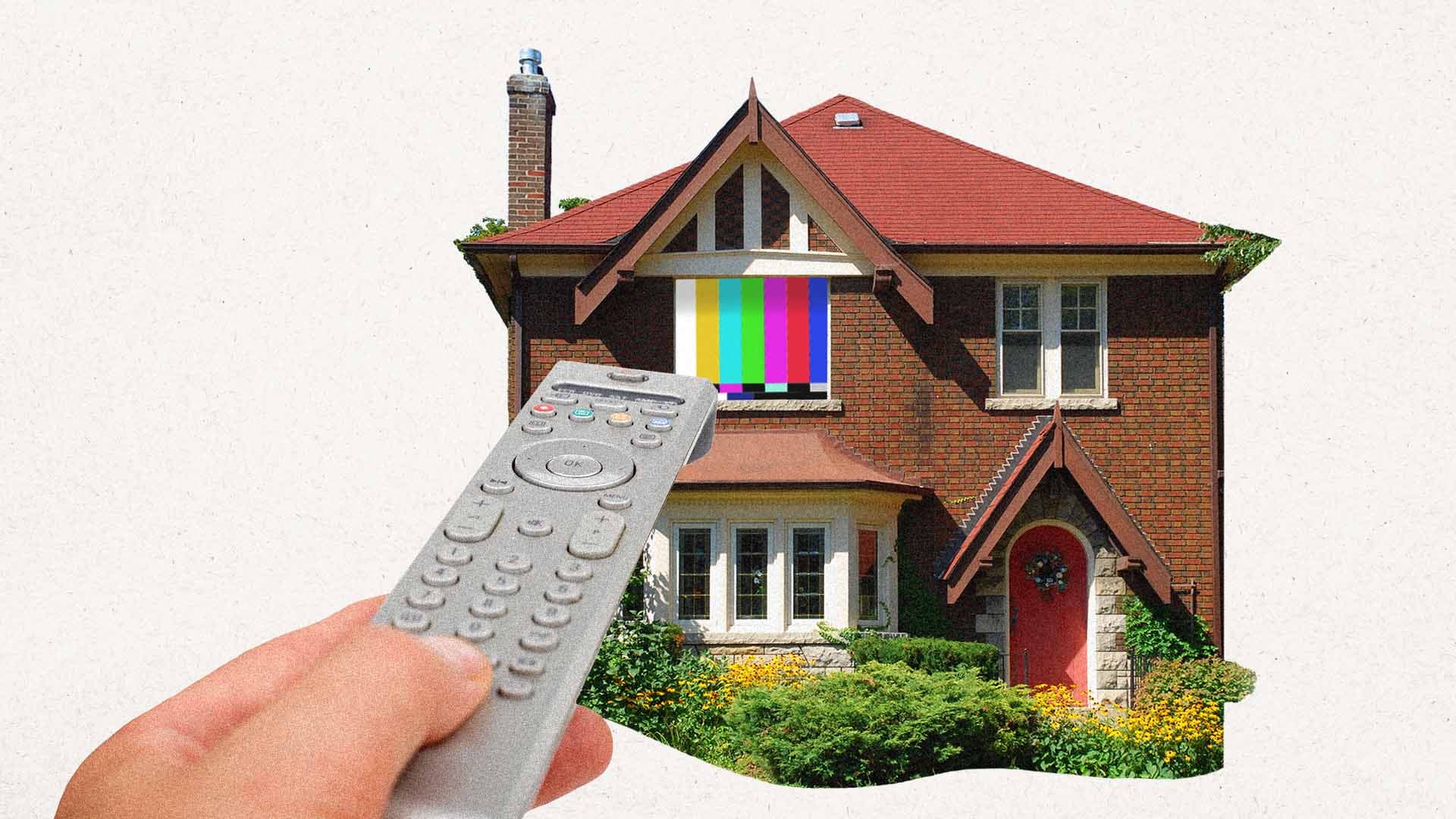Overcoming Imposter Syndrome in the Creative Industry

Will They Like This? As creatives in the world of advertising, we are all seeking one similar thing: approval. Approval from our clients, yes, but also from our peers, the audience we are reaching, and ourselves. With each project I work on, I find myself questioning, “Is my work good enough? Will they like it? I don’t want to disappoint anyone. There’s someone else better at this.” These insecure thoughts can become controlling and cause our work to suffer, but it’s important to recognize these patterns and understand that we are not alone in thinking this way. That’s part of overcoming imposter syndrome, which is so prevalent in the creative industry.
What If It’s Not Good Enough?
Perfection is not achieved on the first try, the second try, or even the third try. Understanding that some ideas are not working does not mean we are failing; it means we are challenging ourselves to find better ones. Don’t beat yourself up. Self-confidence in our abilities and work is key to preventing self-doubt and negative thoughts from clouding our creative vision. We need to remind ourselves to take a moment to look at our accomplishments and growth; it’s not “luck” to be where we are but instead the results of hard work and self-motivation.
Although it is obvious that you are talking about your work throughout the piece, I am changing just a few mentions to “my work” to actually define what you are referencing, because as-is, it’s a bit vague.
“It’s through mistakes that you actually can grow. You have to
get bad in order to get good.”
— Paula Scher
It Could Be Better.
We need to realize it is okay to criticize our own work without comparing it to others’. Do the work, find what we love, fix what we don’t, and be happy with the results. The most anyone can ever ask us for is our best. Giving our best doesn’t mean there isn’t room for improvement either; we just can’t sit and obsess over the what ifs, as in “what if this isn’t good?” and spiral into losing confidence in the original idea altogether.
Hold On, It’s Not Ready.
Let go and be open to feedback from our peers. Sharing work is key to knowing that solutions lie out there. In our heads, it will never be ready, but we need to be open-minded enough to accept the criticism that’s bound to come. It will only make us and our future products better.
Do You Like It?
Are there always other creatives better than us out there? Yes. Will there be times our work does not get approved? Absolutely. The day that we no longer find flaws or areas for improvement in our work is the day we stop growing as creatives. Professional growth is understanding that our industry is a collaborative business with our peers and clients. There will be many subjective views, but they all matter and do not always equate to bad work. Sometimes our designs will have to be edited again and again… and again. (Final file on the first try? Never heard of it!)
So, do not interpret changes to your work as a failure but embrace them as part of the process. Don’t allow self-doubt to creep in; feed your self-confidence and be your worst critic as well as your biggest fan.
At Redroc, our talented creatives thrive off collaboration and boosting each other’s confidence to produce great work. We defy the imposer syndrome! Interested in what our team is capable of? Contact us to set up a creative consultation today.
Meghan Sellers is the Art Director at Redroc Austin. A graduate of LSU’s Art and Design program, she has worked on multiple Telly Award-winning projects that were recognized for some of the best work within television and digital media.

Why TikTok Is a Game Changer for Your Entertainment and Amusement Business
Discover why TikTok is revolutionizing entertainment businesses—visual appeal, viral potential, audience engagement, and cost-effective marketing.

Targeting Homeowners with Cable and Broadcast TV
Unlock the potential of cable & broadcast TV ads: Target homeowners effectively with strategic local placement & digital synergy.

Overcoming Imposter Syndrome in the Creative Industry
In an industry functioning off collaboration and opinions, self-doubt and low confidence in creators can creep in creating what we know as imposter syndrome. How do we overcome it?